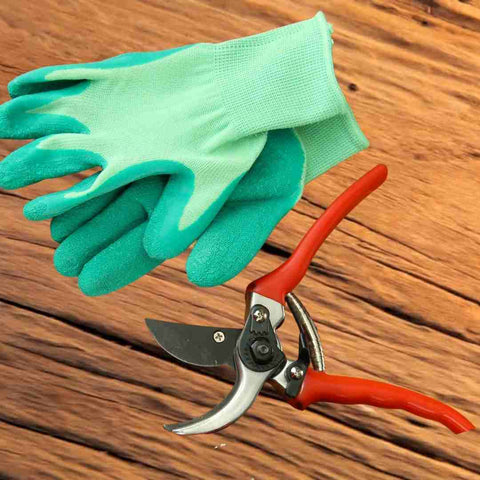A Guide to Winter Pruning for Fruit Bushes & Trees

More Posts
-
Beginners Guide to Growing Rhubarb Crowns or Seeds
Discover how to grow rhubarb from seed or rhubarb crowns. All you need to know from when and where to plant it to how to force and harvest it.
Read More -
Growing Jalapenos in Pots: A Guide for UK Gardeners
Your guide to growing jalapenos in pots in the UK. Growing jalapenos chillies from seed in pots and containers is not only possible but also incred...
Read More -
3 Vegetable Plants to Always Plant Together - Three Siste...
What is the Three Sisters Planting Method? The Three Sisters Planting Method is an ancient practice dating back to almost three hundred years ago....
Read More

 How much should I prune off?
How much should I prune off? Protecting Fruit Trees and Bushes after pruning
Protecting Fruit Trees and Bushes after pruning


Comments
0 Comments
Leave a Comment